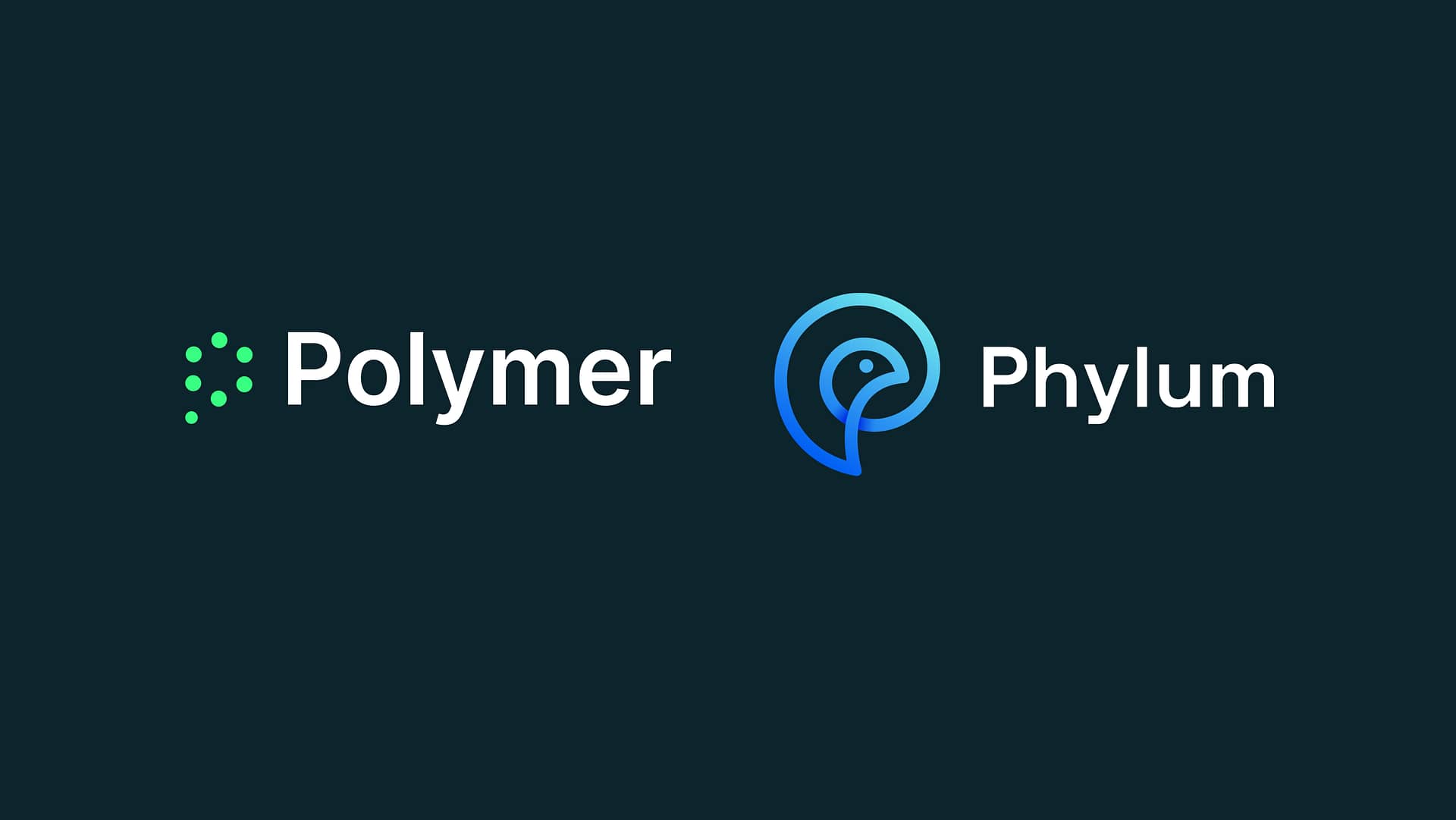Organizations are embracing SaaS applications at a lightning pace. But while these tools are excellent for driving collaboration and productivity, they also create significant blind spots in your security posture.
With sensitive data flowing freely across platforms like Slack, Google Workspace, and Microsoft 365, traditional security approaches are simply no longer enough to prevent data breaches and compliance fines.
The SaaS security posture challenge
The threat of SaaS data breaches isn’t just a theoretical one—it’s a harsh reality impacting organizations large and small. From BT Group to Disney, thousands of companies have suffered devastating data breaches through their SaaS platforms.
The real question isn’t whether your organization is at risk—it’s whether you have full visibility into where those risks lie.
This is where SaaS security posture management (SSPM) comes in. It’s the crucial next step in protecting your data in cloud environments. Unlike traditional security tools that focus solely on network perimeters, SSPM tackles the unique challenges of cloud-based applications, where sensitive information is constantly being created, shared, and accessed.
DSPM: The foundation of effective SaaS security
At the heart of strong saas security posture management lies data security posture management (DSPM). While many security teams focus solely on access controls, true security requires understanding what data exists, where it resides, and how it’s being used across your SaaS ecosystem.
Why traditional DLP falls short
Traditional data loss prevention tools create more problems than they solve in today’s collaborative environments. They generate excessive alerts requiring manual review, lack context awareness, and ultimately add burden to already stretched security teams.
The Polymer difference in SaaS security
Polymer’s DSPM solution delivers this comprehensive visibility with automated protection that adapts to how your teams actually work. Our approach goes beyond identifying current vulnerabilities—we audit historical threats that existed before implementation, providing a complete security perspective that other solutions miss.
Polymer’s approach to SaaS security posture management delivers:
- Comprehensive visibility across all SaaS platforms
- Proactive identification of data risks before they become breaches
- Automated remediation that prevents accidental data exposure
- Historical threat auditing that uncovers hidden vulnerabilities
- Adaptive workflows that grow with your organization
As one of our clients noted, “Our prior solution required 8 hours per week of FTE time to manage alerts. With Polymer, we are down to 0.”
Secure your SaaS environment today
In the age of AI and cloud collaboration, your security posture is only as strong as your weakest SaaS application. Polymer empowers security teams to identify, prioritize, and resolve data risks with zero manual effort—allowing you to embrace SaaS tools confidently.
Take the first step toward comprehensive SaaS security posture management with a 30-day risk scan that uncovers the hidden vulnerabilities in your environment. The insights are yours to keep, and the path to total data security begins with visibility.










